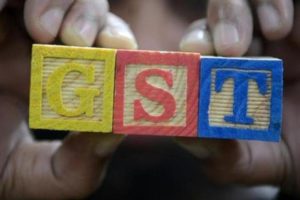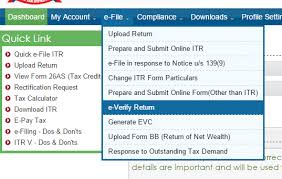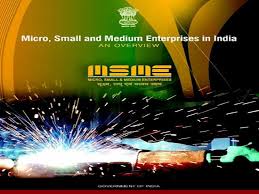 GST Council in the 31-meeting held on 22 December, 2018 at New Delhi took following decisions relating to changes in GST rates on goods and services. The decisions of the GST Council have been presented in this note for easy understanding. The same would be given effect to through Gazette notifications/ circulars which shall have force of law.
GST Council in the 31-meeting held on 22 December, 2018 at New Delhi took following decisions relating to changes in GST rates on goods and services. The decisions of the GST Council have been presented in this note for easy understanding. The same would be given effect to through Gazette notifications/ circulars which shall have force of law.
GST rate reduction on goods which were attracting GST rate of 28%:
28% to 18%
Pulleys, transmission shafts and cranks, gear boxes etc., falling under HS Code 8483
Monitors and TVs of upto screen size of 32 inches
Re-treaded or used pneumatic tyres of rubber;
Power banks of lithium ion batteries. Lithium ion batteries are already at 18%. This will bring parity in
GST rate of power bank and lithium ion battery.
Digital cameras and video camera recorders
Video game consoles and other games and sports requisites falling under HS code 9504.
28% to 5%
Parts and accessories for the carriages for disabled persons
GST rate reduction on other goods –
18% to 12%
Cork roughly squared or debagged
Articles of natural cork
Agglomerated cork
18% to 5%
Marble rubble
12% to 5%
Natural cork
Walking Stick
Fly ash Blocks
12% to Nil
Music Books
5% to Nil
Vegetables, (uncooked or cooked by steaming or boiling in water), frozen, branded and put in a unit container
Vegetable provisionally preserved (for example by sulphur dioxide gas, in brine, in sulphur water or in other preservative solutions), but unsuitable in that state for immediate consumption.
III. GST on solar power generating plant and other renewable energy plants
GST rate of 5% rate has been prescribed on renewable energy devices & parts for their manufacture (bio gas plant/solar power based devices, solar power generating system (SGPS) etc) [falling under chapter 84, 85 or 94 of the Tariff]. Other goods or services used in these plants attract applicable GST.
Certain disputes have arisen regarding GST rates where specified goods attracting 5% GST are supplied along with services of construction etc and other goods for solar power plant.
To resolve the dispute the Council has recommended that in all such cases, the 70% of the gross value shall be deemed as the value of supply of said goods attracting 5% rate and the remaining portion (30%) of the aggregate value of such EPC contract shall be deemed as the value of supply of taxable service attracting standard GST rate.
Reduction in GST rates/exemptions on services:
GST rate on cinema tickets above Rs. 100 shall be reduced from 28% to 18% and on cinema tickets upto Rs. 100 from 18% to 12%.
GST rate on third party insurance premium of goods carrying vehicles shall be reduced from 18% to 12%
Services supplied by banks to Basic Saving Bank Deposit (BSBD) account holders under Pradhan Mantri Jan Dhan Yojana (PMJDY) shall be exempted.
Air travel of pilgrims by non-scheduled/charter operations, for religious pilgrimage facilitated by the Government of India under bilateral arrangements shall attract the same rate of GST as applicable to similar flights in Economy class (i.e. 5% with ITC of input services).
Source: GST Rate reductions made during 31st Meeting of the GST Council




